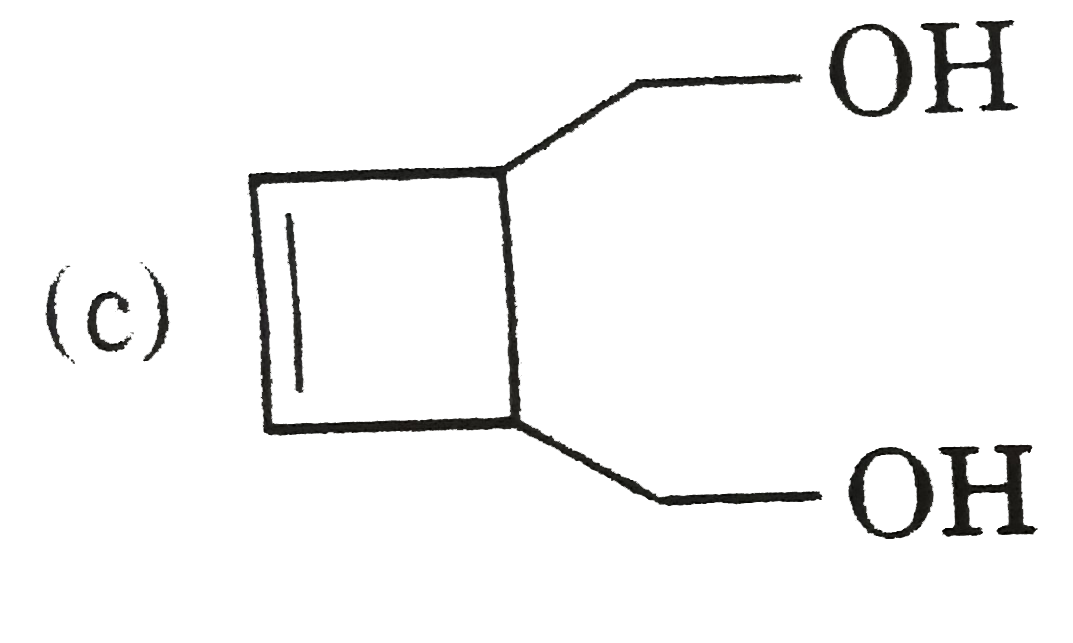Select the correct option
There are seven pairs of vertebrosternal, three pairs of vertebrochondral and two pairs of vertebral ribs
8th,9thand10th pairs of ribs articulate directly with the sternum
11thand12th pairs of ribs are connected to the sternum with the help of hyaline cartilage
Each rib is a flat thin bone and all the ribs are connected dorsally to the thoracic vertebrae and ventrally to the sternum
The correct Answer is:A
To solve the question "Select the correct option," we will analyze each provided statement regarding the ribs and their attachment to the vertebrae and sternum.
1. Understanding Rib Classification:
- Ribs are classified into three categories based on their attachment to the sternum:
- Vertebro-sternal ribs: These are the first 7 pairs (1-7) that attach directly to the sternum.
- Vertebro-chondral ribs: These are the next 3 pairs (8-10) that attach to the sternum indirectly through hyaline cartilage.
- Vertebral ribs: These are the last 2 pairs (11-12) that do not attach to the sternum at all.
2. Analyzing the First Statement:
- The statement claims: "There are 7 pairs of vertebro-sternal, 3 pairs of vertebro-chondral, and 2 pairs of vertebral ribs."
- This statement is correct as it accurately describes the classification of ribs.
3. Analyzing the Second Statement:
- The statement claims: "8th, 9th, and 10th pair of ribs articulate directly with the sternum."
- This statement is incorrect because these ribs do not attach directly to the sternum; they are connected via hyaline cartilage.
4. Analyzing the Third Statement:
- The statement claims: "11th and 12th pair of ribs are connected with the sternum with the help of hyaline cartilage."
- This statement is incorrect because the 11th and 12th ribs are not connected to the sternum at all.
5. Analyzing the Fourth Statement:
- The statement claims: "Each rib is a flat, thin bone. All the ribs are connected dorsally to the thoracic vertebrae and ventrally to the sternum."
- This statement is incorrect because while ribs are flat and thin, not all ribs connect ventrally to the sternum. The 11th and 12th pairs do not connect to the sternum.
Conclusion:
The only correct statement is the first one regarding the classification of the ribs. Therefore, the correct option is the first statement.
---
- Ribs are classified into three categories based on their attachment to the sternum:
- Vertebro-sternal ribs: These are the first 7 pairs (1-7) that attach directly to the sternum.
- Vertebro-chondral ribs: These are the next 3 pairs (8-10) that attach to the sternum indirectly through hyaline cartilage.
- Vertebral ribs: These are the last 2 pairs (11-12) that do not attach to the sternum at all.
- The statement claims: "There are 7 pairs of vertebro-sternal, 3 pairs of vertebro-chondral, and 2 pairs of vertebral ribs."
- This statement is correct as it accurately describes the classification of ribs.
- The statement claims: "8th, 9th, and 10th pair of ribs articulate directly with the sternum."
- This statement is incorrect because these ribs do not attach directly to the sternum; they are connected via hyaline cartilage.
- The statement claims: "11th and 12th pair of ribs are connected with the sternum with the help of hyaline cartilage."
- This statement is incorrect because the 11th and 12th ribs are not connected to the sternum at all.
- The statement claims: "Each rib is a flat, thin bone. All the ribs are connected dorsally to the thoracic vertebrae and ventrally to the sternum."
- This statement is incorrect because while ribs are flat and thin, not all ribs connect ventrally to the sternum. The 11th and 12th pairs do not connect to the sternum.
The only correct statement is the first one regarding the classification of the ribs. Therefore, the correct option is the first statement.
Knowledge Check
Selected the correct option :
A
can be differentiated by Victor Meyer's test.B can be differentiated by Bielstien test.C
can be differentiated by Bielstien test.C
give purple colour with FeCl3Dwith NaOI Me−O∣∣C−O∣∣C−H gives sodium oxalate.Selected the correct option
AGenes are located on DNA and proteinBGene is the functional unit of inheritanceCA segment of DNA coding for a polypeptide is called a cistronDBoth (2) and (3)